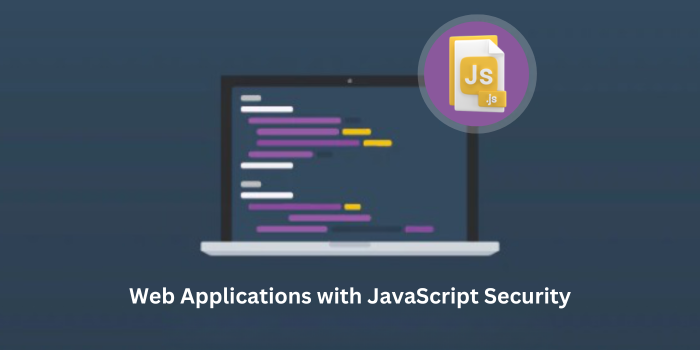Doing Business in Real Time
This year, the way that business owners have to submit their PAYE information to HMRC is changing. From April employers will be legally required to report PAYE in what is known as real time. So the details of all PAYE payments have to be sent directly online to HMRC online every time a payroll payment is made. Up until this point employers submitted details of all PAYE payments at the end of the year.
While initially this may make things a little more complicated, in fact the change is a good one, and by incorporating the changes into your payroll software you should be able to comply with the real time information PAYE specifications without too many problems.
In fact, a ‘running total’ of PAYE contributions and payments will make your end-of-year returns much more accurate and consequently less likely to incur any penalties for incorrect or late submission.
How do I make sure I comply?
The first thing to do is to ensure that your payroll software has the function to allow you to make rolling submissions to HMRC. If you have any doubts as to whether your package can do this then now is the time to contact the operator and find out. Alternatively, you can talk to your accountant and they should be able to confirm whether your software can support real time information PAYE submissions.
To prevent any mistakes, it’s also a good opportunity to double check that your payroll details are correct for all of your employees, including national insurance numbers, taxation classifications and so on. If you need to update your information then ensure that you explain to your employees why they need to provide you with this information.
PAYE information will have to be submitted on or before the date of payment. While your payroll software should be able to do this automatically once it has been set up, you will need to make sure that the information is being supplied on time and accurately to HMRC to prevent any potential problems.
Making life easier
Whereas before you would have to report new starters or leavers separately to HMRC, now that information will be automatically passed through to the Revenue Service by your software. So in fact this system will actually help to reduce the amount of paperwork you need to submit to HMRC.
Is there anything else I need to remember?
At the end of the financial year you won’t have to complete an end-of-year return (forms P35 and P14) or P38A supplementary return. By switching over to the new system your payroll software will have informed the Revenue Service about all payments as and when they were made. So this will also reduce the amount of paperwork you will need to submit.
The real time information PAYE system will effect all businesses, large or small. So if you have employees on PAYE, make sure you comply with the requirements before April to avoid any problems further down the line. More details are available at the HMRC website page: http://www.hmrc.gov.uk/
Author Bio: JonJon Yeung is a freelance writer and educates through his writing about new technology and small biz tips.
















